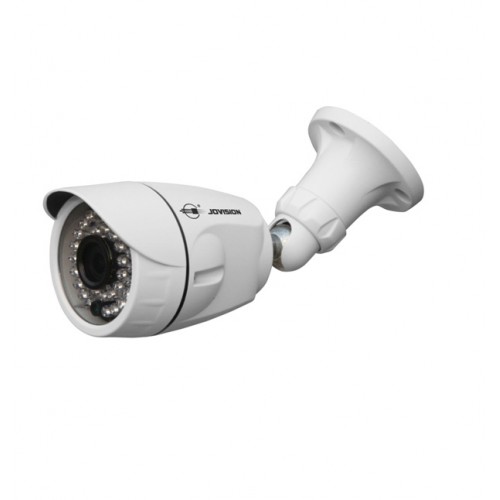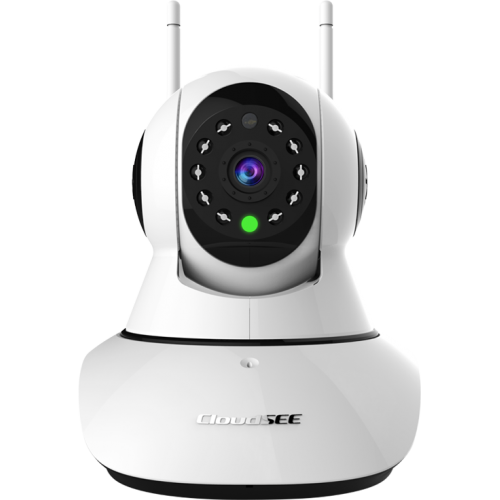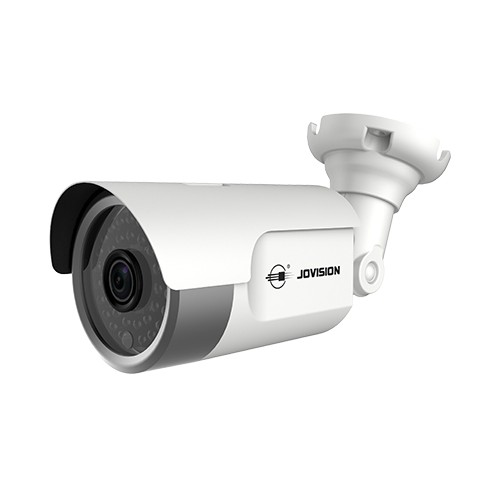A standout amongst the most huge innovative changes in
CCTV business sector is the coming of alleged "IP cameras." Despite the certainty this innovation has been accessible for many years, there is inadequate minimal target data on what separates them from the simple cameras that had fueled the business for quite a long time some time recently. The multifaceted nature of what goes into configuration of IP cameras is mostly in charge of this, obliging clients to be familiar with everything from cutting edge video pressure to PCs and systems administration.
Confounding matters is the befuddling details and regularly deceptive wording used to depict the fundamental execution of CCTV frameworks. Straightforward terms like "lines are determination" are utilized where the instinctive importance (what number of lines there are in the photo) really is not what the metric measures! Add to this the run of the mill advertising buildup and the photo turns out to be considerably muddier.
The motivation behind this arrangement of articles is to streamline these ideas and distil them down to a level where you can settle on buying choices keenly. While the scope will be exhaustive, critical improvement is connected as to make the ideas simple to get a handle on, guaranteeing that the notorious "woodland is seen from the trees."
With that presentation, now we should take a "profound jump" into every innovation and what separates them.
Simple Camera Overview
Similarly as with any imaging gadget, the simple CCTV camera has a sensor which catches the video picture. The determination of the sensor fluctuates yet for reasons which will be depicted later, it is restricted to 720×575. This is 720 pixels over the screen (even determination) and 575 all over (vertical determination).
The video is caught at 60 interims called "fields" and transmitted to the recipient. Two fields together are known as an "edge." This is called interweaved transmission. More on this later.
To get the video out of the CCTV camera into a recording and show gadget, a solitary persuade link is utilized. To keep up similarity with simple TVs (and subsequently make it simpler to use off the rack items for presentation and recording), the sign that leaves the camera consents to communicate TV norms.
There are two prominent simple principles on the planet for TV: NTSC (e.g. as utilized as a part of North America and Japan) and PAL (utilized as a part of numerous different nations, particularly in Europe). There is additionally SECAM however it is not a typical standard in CCTV world.
In the first place thing to comprehend about NTSC or PAL is that the quantity of even lines that make up the photo (i.e. the vertical determination) is settled by the particular standard. Give me a chance to rehash this once more: the quantity of lines is settled and each source must transmit that numerous lines to be consistent with the standard. Thus, when you see a particulars for the quantity of lines a CCTV camera has, it doesn't allude to vertical determination which is topped by the standard.
On account of NTSC, the standard calls for 525 lines and for PAL, 625. Be that as it may, not each line conveys picture data. In all actuality, the visible number of lines is 480 for NTSC and for PAL, 575. Note that you may see varieties of these numbers, for example, 486 for NTSC. This is because of a few people adjusting the number and others not. For the reasons for this article how about we stay with the adjusted numbers as the additional exactness doesn't mean much practically speaking at any rate.
Presently how about we take a gander at the level determination. Here the photo gets to be sloppy, joke expected. What does determination mean on account of a simple framework which does not think about individual pixels of light on your presentation?
On the off chance that you gaze upward the spec for a simple CCTV camera, you frequently see a determination indicated as "lines." Could this be the flat determination of the camera as the name appears to infer? All things considered, no! Before we can comprehend the meaning of lines, we have to dive more into the communicate standard.
The NTSC TV transmission framework depends on a showcase that has extended pixels and has an angle proportion of 4:3. At the end of the day, the picture is more extensive than it is tall. What does this need to do with the "line" detail? Indeed, somebody chose that the even determination should be communicated in connection to vertical determination, attempting to show what the level determination would have been if the TV were square. I know this sounds interesting however kindly don't shoot the ambassador! I am just here to clarify things not legitimize them.
Luckily, the transformation from real pixels to "lines" is much more straightforward than comprehension the inspiration for it. Increase the level determination in pixels by 3 and separation by 4 to touch base at number of lines. So for instance, on the off chance that you have 100 pixels in the level measurement, you just have 75 "lines of determination" (100 x 3/4 = 75). In such manner, the rating downplays the genuine determination of the framework.
Make sure to not befuddle the expression "line" utilized as a part of simple TV frameworks from comparative term used to portray distinctive profiles of the top quality TV (HDTV) standard. In that world the pixels are square so lines is the same as determination. However, confusingly, the rating alludes to vertical determination instead of flat! I know this all may sound confounding. To keep things straight, simply consider "lines" as a metric for simple cameras. In higher determination arrangements, for example, HDTV and IP Cameras, genuine pixel determination is utilized so there is no disarray there.
A fascinating inquiry then gets to be what is the most elevated determination that can be accomplished in a simple camera? For this, we can take a gander at the most astounding standard in simple TV standard and that is what is utilized as a part of a TV studio at say, a noteworthy system (or used to be before move to HDTV). There, we observe that when simple TV is prepared, it is done in advanced space at an even determination of 720 pixels. That number then sets the upper limits for a simple CCTV camera which is normally impressively mediocre compared to the units utilized as a part of communicate TV.
Presently you see why I specified that the greatest determination of any simple camera is 720×575. Indeed, even in a communicate setting, we can't surpass the quantity of vertical lines in the standard, which is 575 in the event of PAL. The partner for NTSC is 720×480. Yes, PAL has higher determination yet shows less fields every second (50 versus 60 for NTSC). In the event that you have a simple camera which bolsters both resolutions, you might need to settle on PAL setting to separate more determination out of the camera in vertical measurement. Changing over the even determination of the communicate camera in pixels to line rating we get 540 (720 x 3/4 = 540). You may have seen this spec promoted for simple CCTV cameras and now you know where it originates from.
What does it mean on the off chance that you see a number higher than 540? There can be two purposes behind that. One, the detail is in pixels in which case, it can be up to 720. Individuals working for camera organizations regularly get these measurements confounded. Expecting the spec is in reality in "lines" then it just shows the determination of the sensor, NOT what you can extricate from it after the sign is digitized and conveyed. This implies additional determination is squandered. Its lone advantage is some commotion decrease.
Obviously, nothing prevents anybody from putting lower determination sensors in the camera and surely, this is regularly done. Analyze the spec and if the line rating is under 540, then the determination is lower than the most astounding it could be.
As it's been said, "yet hold up, there is more!" Turns out even the 540 line spec is terribly exaggerated. So far we have been discussing the sensor determination and compliances of it with the standard. In any case, there is another part of the standard which manages transmission of the same over the air. You may ask why we would think about that part. All things considered, we are sending our video signal over a persuade wire. All things considered, the standard utilized over the urge wire as a part of CCTV applications is the same as what might be put on air by a system.
To make it less demanding (and lessen power utilization of the transmitter) the standard permits that the sign to be decreased in transfer speed. I won't exhaust you with the designing subtle elements however there is a helpful principle that for each "Megahertz" of transfer speed for a radio sign, we can convey 80 "lines" of video determination. So to convey 540 lines of the communicate TV signal, we would require 540/80 = 6.75 MHz of transfer speed. On the off chance that you investigate the determinations for NTSC anyway, you see that the standard just permits 4.28 MHz. So it's a given that we are not ready to transmit 540 lines (or 720 pixels).
To make sense of what determination we can transmit, we essentially increase 4.28 MHz by 80 and land at a most extreme determination of 340 lines for NTSC (adjusting down for effortlessness). Yes, you read that privilege. The camera which publicizes 540 lines of determination, can't accomplish more than 340 once you take a gander at the picture that leaves it over persuade. What the seller is publicizing is the crude determination of the sensor used to catch the video, not what can really be accomplished in a genuine framework when the yield is seen over that persuade wire. That additional piece of determination can't be removed out of the camera. It is basically lost when the video leaves the camera.
Utilizing the bit of math we have adapted as such, we can make an interpretation of 340 lines once more into pixels. The outcome is 450 pixels of resolutions (340 x 4/3 = 450), again adjusting down. Is it true that we are there yet? Could we accept that our aggregate pixel determination is 450×480 for NTSC and 450×575 for PAL? All things considered, not exactly! We have to rethink the vertical determination since that is not what it appears to be either!
So as to decrease the measure of information that should be transmitted, both NTSC and PAL utilize a poor man's type of video pressure called "intertwine." NTSC overhauls the photo on your presentation 60 times each second (PAL does


















